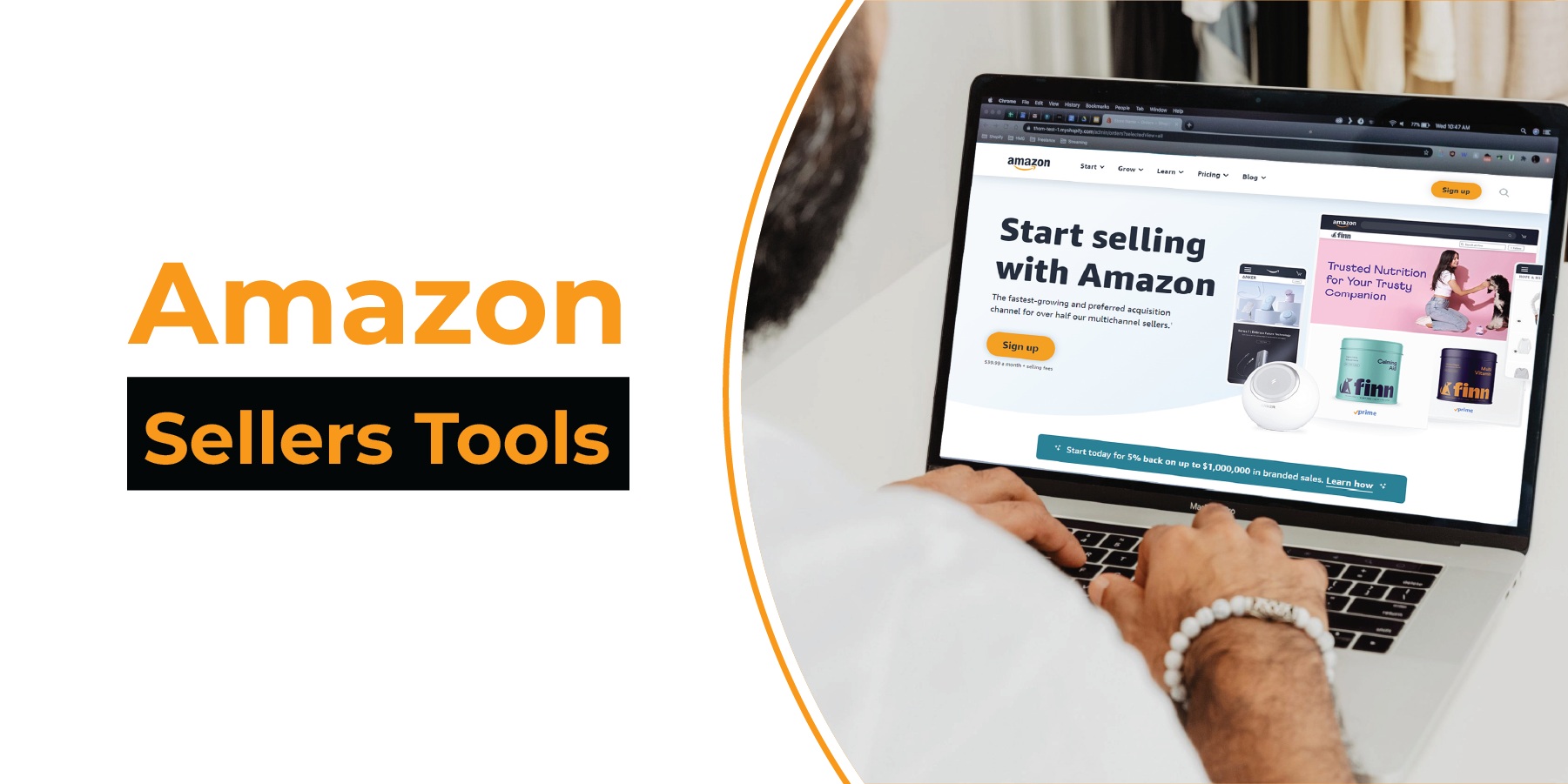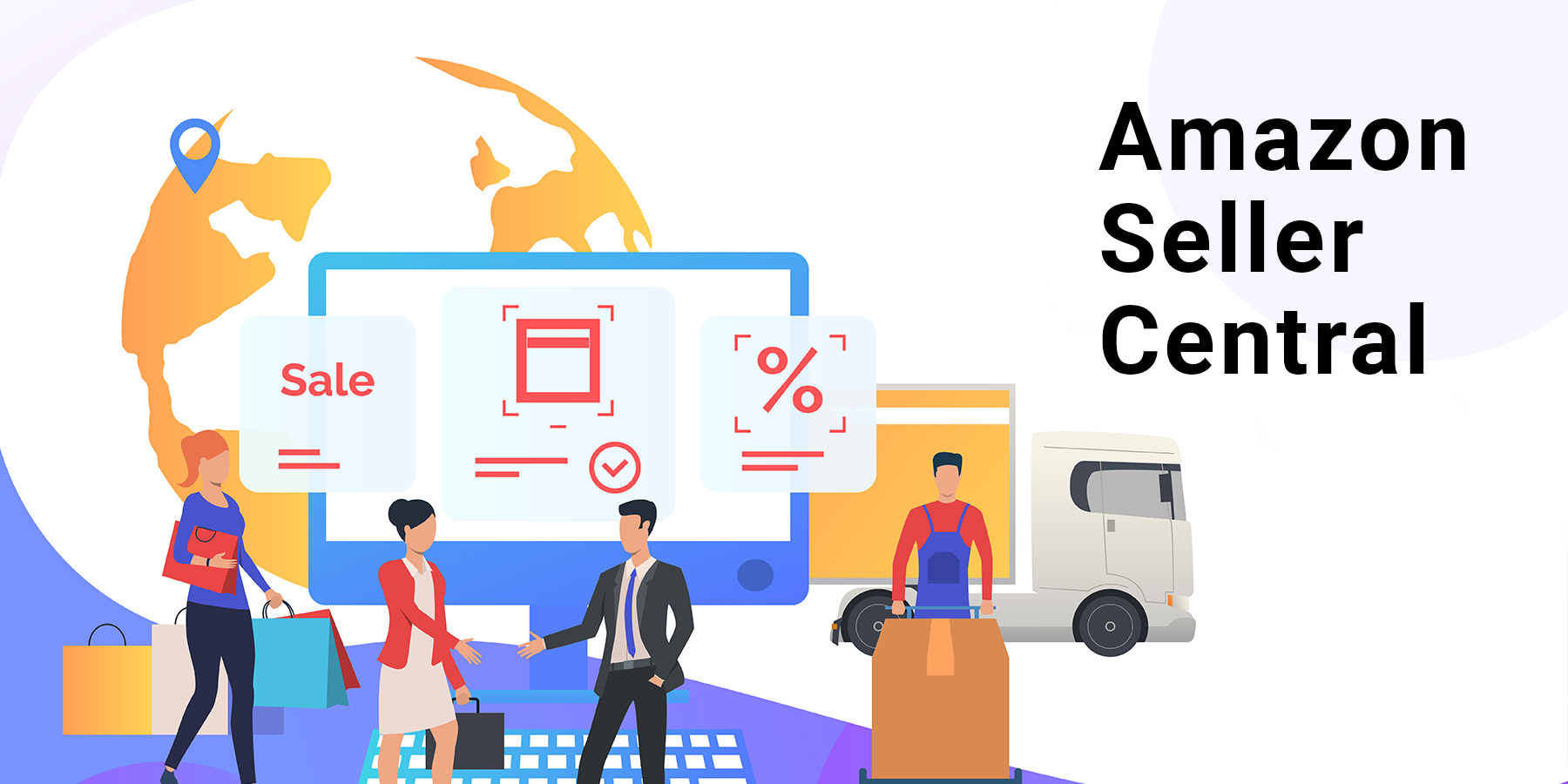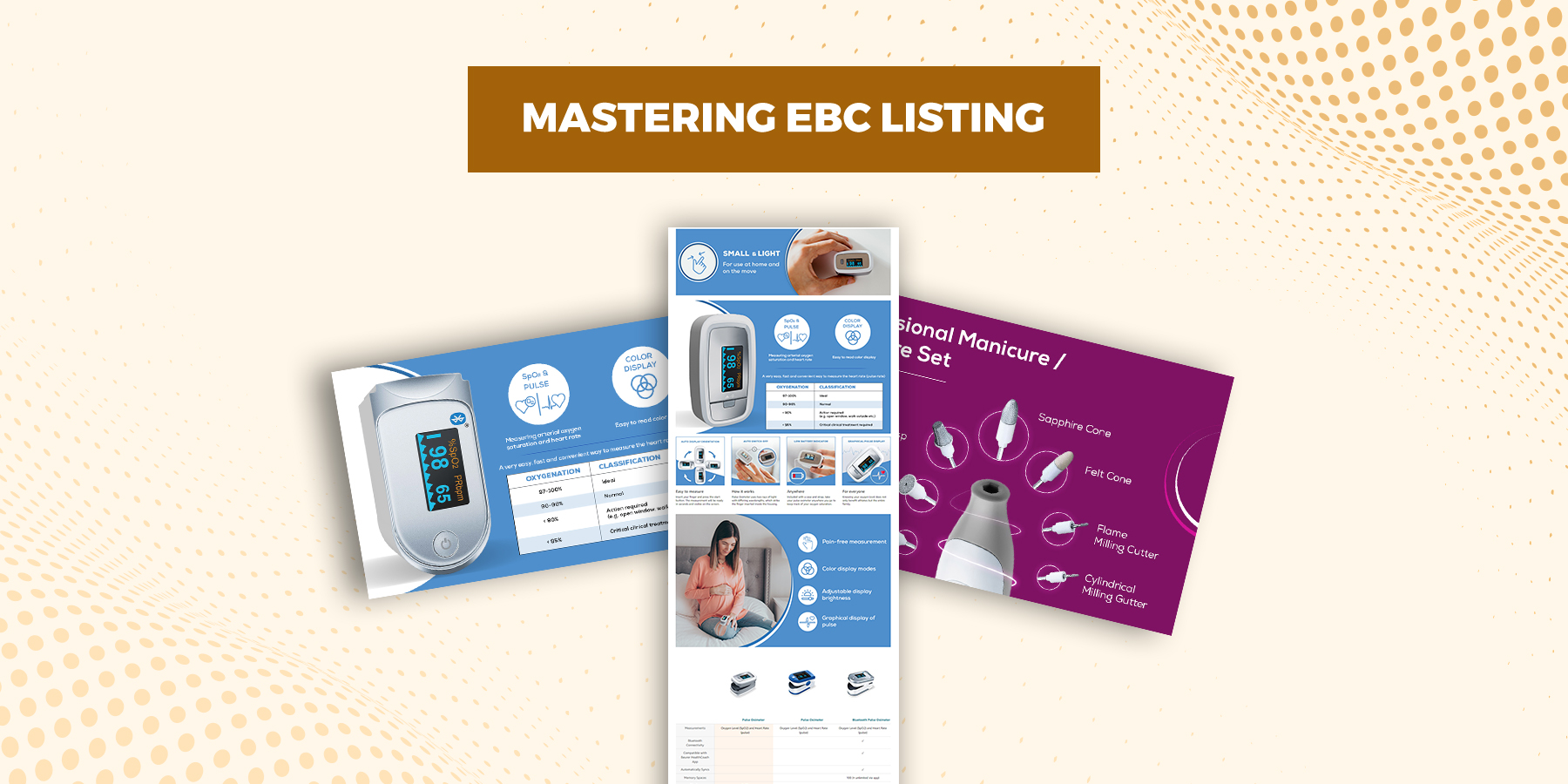Starting your Amazon journey in 2025 is no longer just about listing a product. The landscape has become highly competitive, with millions of sellers offering similar products. To succeed, first-time sellers need the right tools and expert support to simplify listing management, optimize visibility, and grow profitably.
At Amazon Listing Service, we are an AI-enabled company specializing in helping first-time and growing sellers navigate the complexities of Amazon, from how to sell products on Amazon to how to upload products on Amazon Seller Central. Our role is to provide AI-powered, human-led solutions that reduce errors, improve efficiency, and help you scale faster.
Amazon Listing Service 2025
|
Specifics |
Details |
|
Key Services |
Amazon listing creation & optimization, catalog uploads, keyword research, advertising management, product visuals & A+ content |
|
Specialized Support |
Human-led, tech-enabled services that reduce costs, boost efficiency, and help first-time sellers launch and scale confidently |
|
Industries Served |
Amazon sellers, eCommerce retailers, consumer goods, private label brands |
|
Client Types |
First-time sellers, SMBs, mid-market, and established brands expanding on Amazon |
|
Contact Details |
USA: 99 Wall Street #625, New York, NY – 10005 INDIA: 2nd & 3rd Floor, Vijay Towers, Father Randy Street, RS Puram, Coimbatore, Tamil Nadu – 641002 PHILIPPINES: VEB Solutions, 19F Marco Polo Ortigas, Sapphire Rd, Ortigas Center, Pasig, Metro Manila – 1600 |
At Amazon Listing Service, we help sellers turn uncertainty into clarity by offering a complete toolkit for success. From research and product uploads to advertising and customer engagement, we empower first-time sellers to compete with confidence.
Why Selling on Amazon in 2025 Is Different
Amazon isn’t the same marketplace it was five years ago. Today, over 9.7 million sellers have registered globally, with about 2 million active sellers competing daily, according to Marketplace Pulse. That means standing out requires more than just uploading a product, you need to use tools that make every step easier and more professional.
For first-time sellers, the learning curve can feel steep:
- Understanding how to sell a product on Amazon without breaking policies.
- Navigating Amazon Seller Central and figuring out how to upload your catalog correctly.
- Building brand presence with strong SEO-driven content and A+ visuals.
This is why I believe that investing in the right tools early on saves both time and money. In my work, I’ve seen sellers who started with spreadsheets and manual uploads burn out quickly, while those who adopted automation and optimization tools scaled with confidence.
Table of Contents
Tool #1: Amazon Seller Central – Your Starting Point
Tool #2: Helium 10 – Product Research Made Simple
Tool #3: Canva and Photoshop – Visuals That Sell
Tool #4: Jungle Scout – Data for Smarter Decisions
Tool #5: Sellics – Advertising and SEO
Case Study: How Tools Plus Services Created a Winning Launch
Frequently Asked Questions (FAQs)
Tool #1: Amazon Seller Central – Your Starting Point
If you’re just beginning, the first thing you’ll need is an Amazon Seller Central account. This is your command center for selling products on Amazon.
Here’s why it’s so important:
- It’s where you upload, manage, and monitor your listings.
- It lets you track sales, inventory, and customer performance.
- It gives you access to Amazon advertising campaigns and reports.
When you’re learning step by step on how to sell on Amazon, the Seller Central dashboard can feel overwhelming. I’ve seen beginners spend hours trying to figure out the right category or wondering why their product is suppressed. This is where guidance or professional support helps, our team at Amazon Listing Service often steps in to handle how to upload products on Amazon Seller Central correctly the first time.
One of my clients in the apparel category tried to manage listings manually and ended up with errors in size variations. Once we streamlined everything through Seller Central with optimized data feeds, their products started ranking higher and sales improved by 18% in just two months.
Tool #2: Helium 10 – Product Research Made Simple
The most common question I hear from first-time sellers is: “What should I sell?” This is where Helium 10 shines. It’s a tool built for Amazon product research and competitive analysis.
With Helium 10, you can:
- Find profitable products with strong demand but low competition.
- Track keyword trends so you know how buyers are searching.
- Analyze competitor listings and identify gaps you can fill.
Statistics show that 42% of failed sellers cite poor product selection as the main reason they didn’t succeed. I worked with a new electronics seller who used Helium 10 to identify a trending product in wireless chargers. They optimized their listing with the right keywords and within 90 days, they were selling 500 units per month. That’s the power of research-driven decisions.
This is why, in our step by step guide to sell on Amazon, I always include product research as a non-negotiable step.
Tool #3: Canva and Photoshop – Visuals That Sell
I can’t emphasize this enough: photos sell products. Customers can’t touch your product, so visuals become the first trust signal. Tools like Canva and Photoshop help you create clean, professional product images and infographics.
Here’s what strong visuals do:
- Increase click-through rates by up to 90%.
- Build credibility and reduce return rates.
- Communicate benefits through lifestyle images and comparison charts.
One of our skincare brand clients came to us with dark, poorly lit product photos. After we redesigned their visuals with Canva and Photoshop, their conversion rate jumped from 6% to 12%. That’s double the sales from the same traffic.
At Amazon Listing Service, we provide not just listing uploads but also design support to make your products stand out. When learning how to sale product on Amazon, don’t skip the visual storytelling step, it’s what turns browsers into buyers.
Tool #4: Jungle Scout – Data for Smarter Decisions
Another essential tool for beginners is Jungle Scout, especially for market and sales estimates. It helps you validate whether the product you’re considering actually has consistent demand.
With Jungle Scout, you can:
- Estimate monthly sales volume for any ASIN.
- Track competitors’ pricing and inventory.
- Get insights into seasonal demand.
For example, one of my clients wanted to know how to sell your product on Amazon without overstocking. They were considering investing in 2,000 units of a home appliance. Jungle Scout showed that the monthly demand was only 600 units. We adjusted the order to 800 units instead, saving them thousands in unsold stock.
That’s why I always stress that selling products on Amazon is not guesswork, it’s data-driven.
Tool #5: Sellics – Advertising and SEO
Running ads on Amazon is necessary, especially when starting out. But it’s easy to overspend. Sellics is a tool that manages Amazon PPC campaigns while also giving insights into organic SEO.
Benefits include:
- Automating bid adjustments to avoid wasted spend.
- Tracking ROI across campaigns.
- Analyzing which keywords drive conversions.
According to Amazon data, sellers who run optimized ad campaigns see up to 40% higher sales in their first six months compared to those who don’t. I once worked with a first-time seller in the fitness niche who was bleeding money on ads because they didn’t know which keywords to bid on. With Sellics, we trimmed their ad spend by 25% while increasing sales by 30%.
If you’re following a step by step guide to sell on Amazon, PPC optimization comes right after launching your listings.
Case Study: How Tools Plus Services Created a Winning Launch
Let me share the story of a first-time seller in the pet supplies category. They had no idea how to sell a product on Amazon and were overwhelmed by Seller Central.
We stepped in with a complete service package:
- Product research with Helium 10 to identify trending items.
- Listing creation and upload on Seller Central by our team.
- Visual redesign using Canva and Photoshop.
- PPC optimization with Sellics.
The results were clear:
- Their product ranked on the first page for two major keywords within 60 days.
- Monthly sales grew from zero to 1,200 units.
- Their ROI on ad spend was 3.2x.
This proves that tools plus professional guidance are the real secret. At Amazon Listing Service, we’ve built our process around helping sellers with both, because knowing the steps isn’t enough, execution is what matters.
Frequently Asked Questions (FAQs)
1. How much money do I need to start selling on Amazon?
On average, new sellers spend between $2,000–$5,000 to cover inventory, fees, and marketing. Costs vary depending on your product category.
2. Can I sell on Amazon without a brand?
Yes, you can sell generic products, but building a brand improves trust and long-term sales potential. Amazon also offers Brand Registry for added benefits.
3. What is the biggest mistake beginners make?
Most beginners jump in without product research. Choosing the wrong product leads to poor sales and wasted investment.
Conclusion
Selling on Amazon in 2025 is both exciting and challenging. With millions of sellers competing, the difference between success and failure often comes down to using the right tools and having expert guidance. From how to upload products on Amazon Seller Central to optimizing with Helium 10, Jungle Scout, and Sellics, these tools give first-time sellers the structure they need.
At Amazon Listing Service, we specialize in helping beginners who want a step by step guide to sell on Amazon. Our services cover everything from listing management to visuals and advertising, so you can focus on growing your business.
Ready to Start Selling on Amazon with Confidence?
Partner with a leading Amazon listing and optimization service to handle product uploads, research, visuals, and advertising with ease. Whether you’re a first-time seller or a growing brand, our Amazon support solutions help you launch faster, boost visibility, and scale profitably.
Get Your Free Consultation Today
Suggested Reads:








